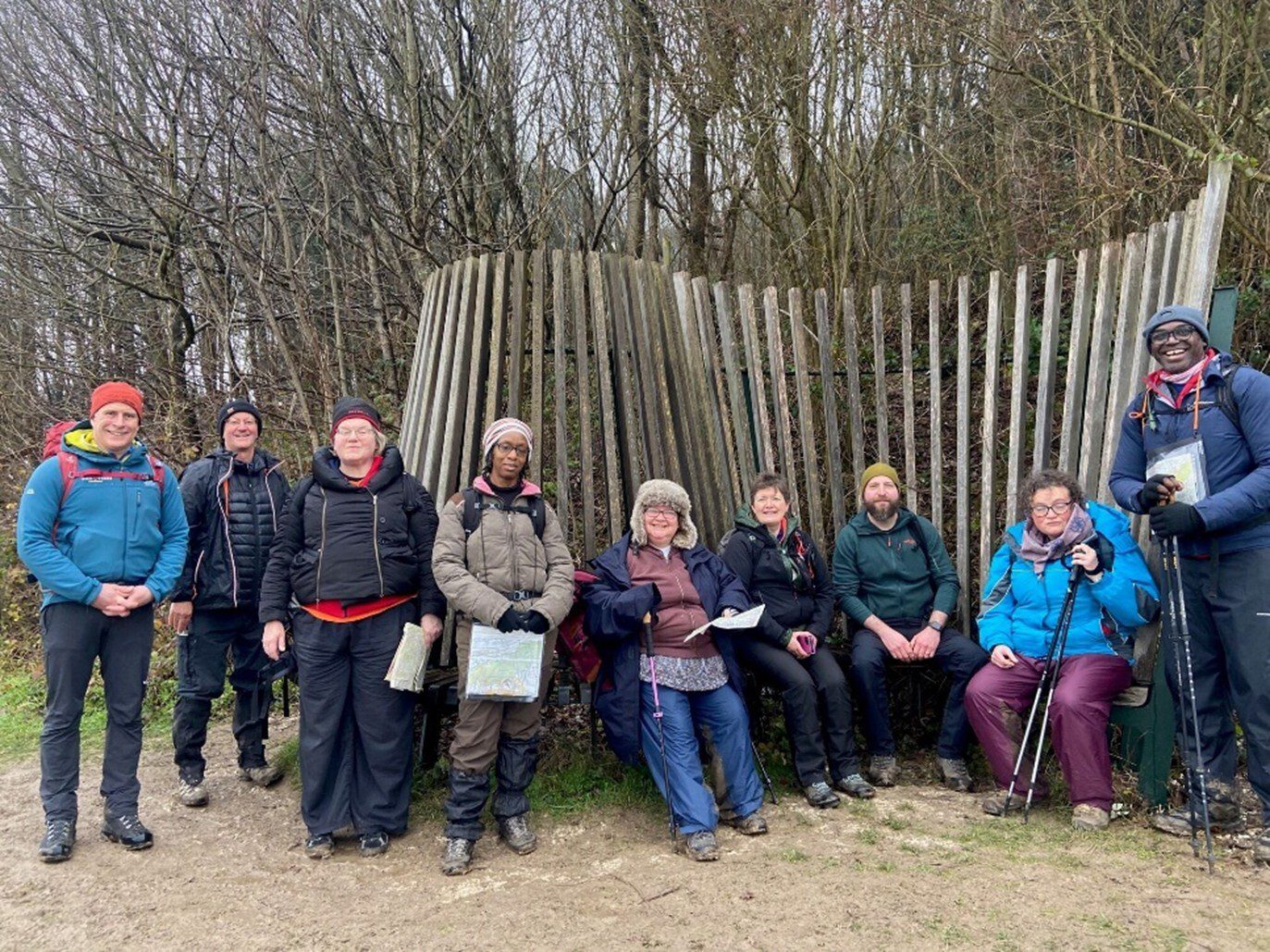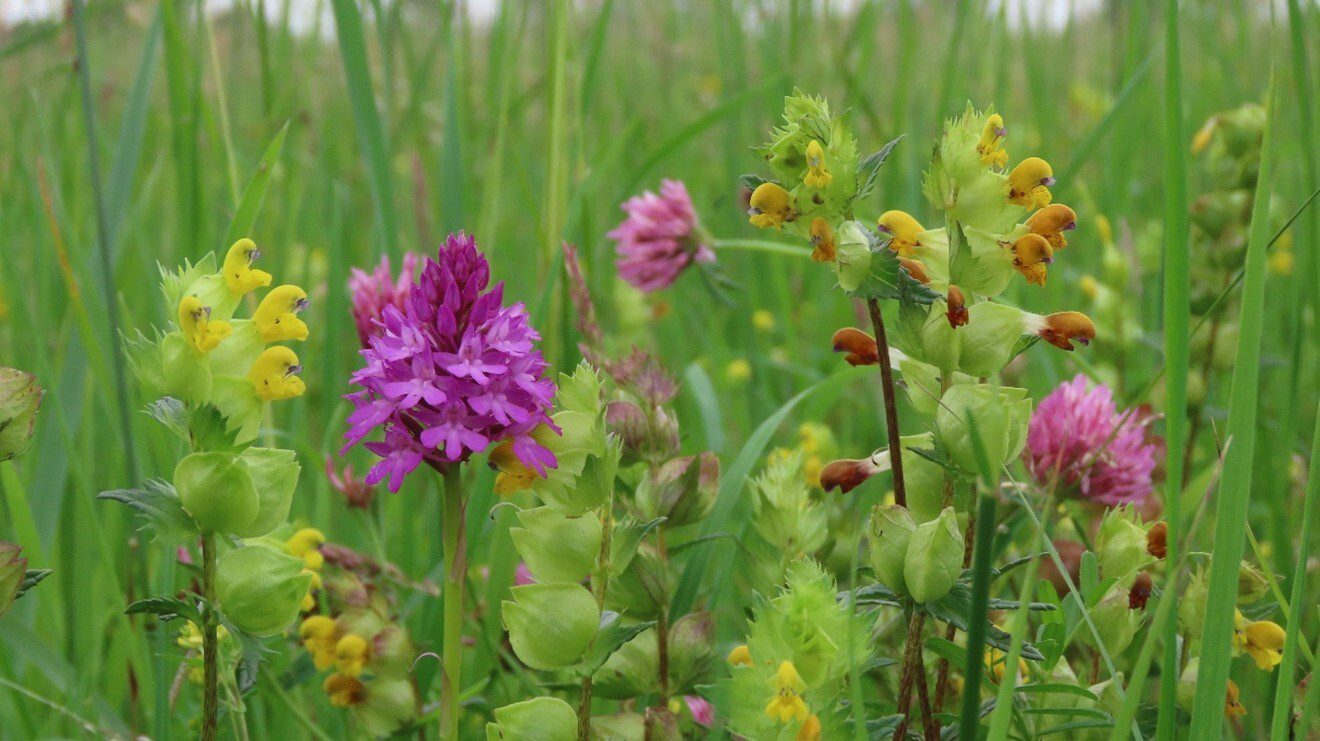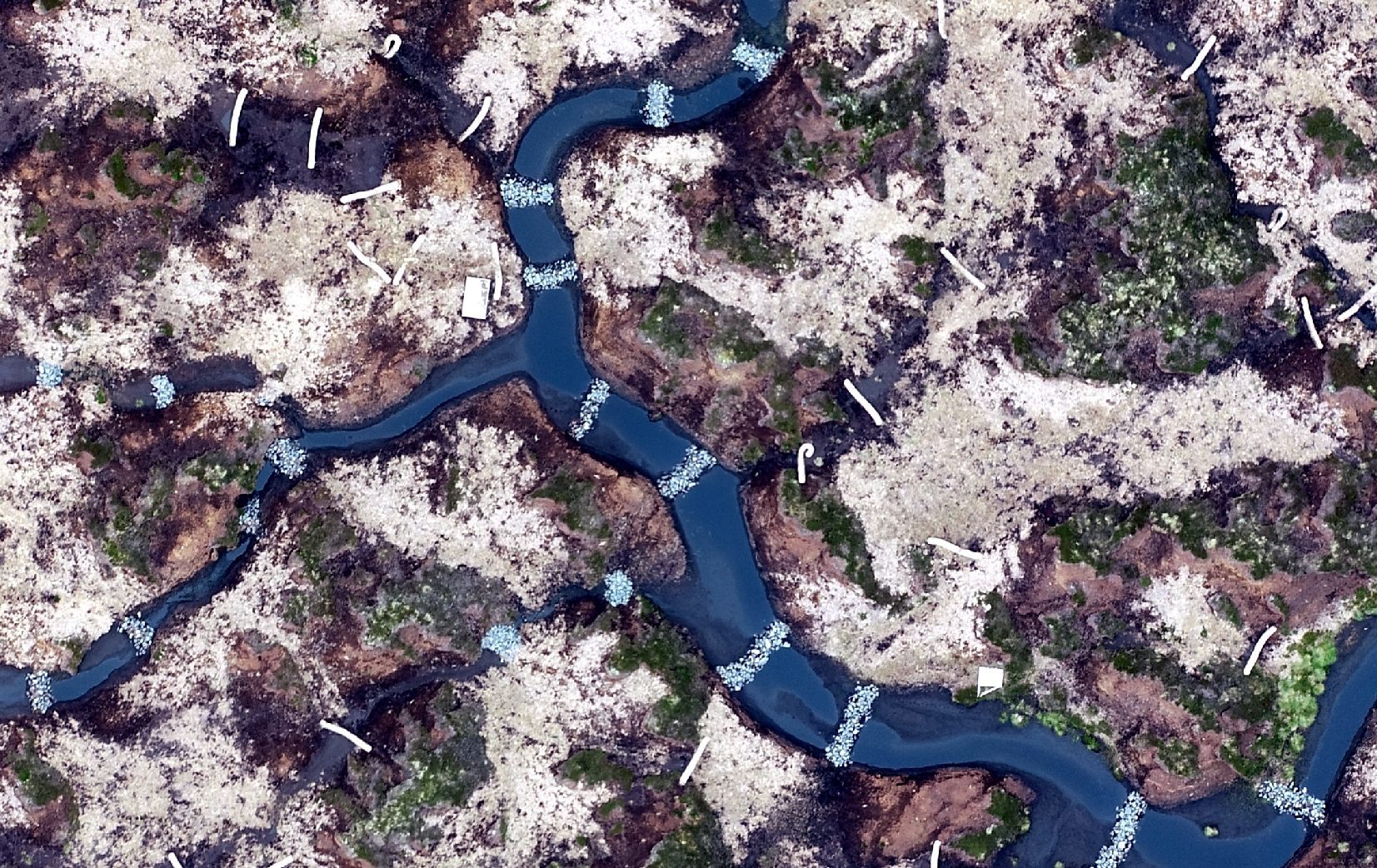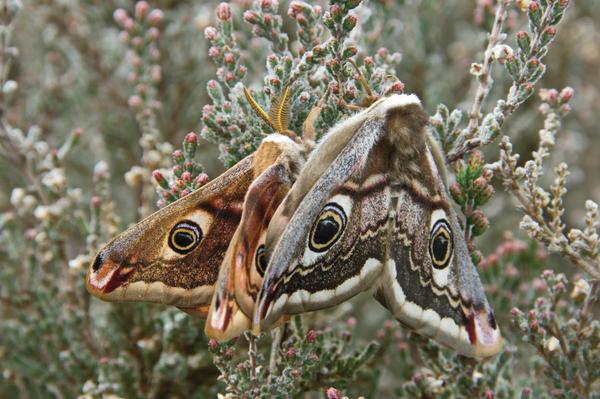First annual Protected Landscape Targets and Outcomes Framework progress report published
As part of an announcement on Climate and Nature, Defra released 16 papers on 14 July. Whilst some will take the limelight , there is one that National Landscapes teams were looking out for: the first annual Protected Landscape Targets and Outcomes Framework progress report.
Bruce Winney, the National Landscapes Association’s Nature Recovery Lead shares his take on the report.
The Protected Landscapes Targets and Outcomes Framework (PLTOF) was published back in January 2024 and committed National Landscapes and National Parks to a set of ten targets. We have whole-heartedly welcomed the PLTOF for the contract it forms.
The USP of National Landscapes teams is their detailed knowledge of the places they look after, coupled with strong partnership working with farmers, landowners, organisations like Natural England, RSPB and the Wildlife Trusts, and the communities across their areas. Management of each National Landscape involves developing and consulting partners and communities to agree a five-year Management Plan for the whole area.
Incorporating the long-term PLTOF targets into these Management Plans gives clarity on what is expected. And this places National Landscapes in a strong position to contribute to the UK’s international nature and climate commitments.

New Ambassador training day, Kent Downs. From the Access case study in the PLTOF Report
Each landscape is different: from the rolling farmland of the Lincolnshire Wolds to the rugged coastline of Cornwall; the upland peat of the North Pennines to the ancient woodlands of the High Weald; the process of coming up with and agreeing realistic, but challenging targets took time, and close working between Defra officials and a small External Working Group. The final numbers were significantly influenced by the National Landscapes’ Colchester Declaration of 2019, itself the product of a great deal of focused work by the National Landscapes network.
Targets without the means to deliver them are just hopes though. We have the expertise, the networks, the plans, and now the numbers.
To drive home the ambition, we need a commitment to current funding levels of £35m per year (including Farming in Protected Landscapes) and a prudent additional investment of £11m to rebuild National Landscapes teams’ capacity. Finally, the strengthened duty requiring Relevant Authorities such as local councils and water companies to take an active role in conserving and enhancing nature, must be strongly implemented through secondary legislation and government guidance.

Chalk Grassland restoration in the Cotswolds case study
Yesterday’s report covers the 18 months since the PLTOF was published. There is little to report at this stage - much of that time has been spent setting up robust processes and indicators to track progress, and individual Protected Landscapes were given this time to come up with landscape-specific stretch targets for three of the indicators.
But the precedent of an annual report is important. This first PLTOF report sets the stage for a commitment to future reporting and is a great start - seven of the targets have deadlines between 2030 and 2050. However, we know there is more we can do, and more we would be able to do with the right resourcing.
The PLTOF targets are more modest than the UN Leaders’ Pledge to protect 30% of the land area of the UK for nature by 2030 (30by30). Defra rightly recognises that Protected Landscapes, with their networked governance and detailed understanding of place, should be the backbone of delivery of 30by30, successful delivery of which would see us smash the PLTOF targets well ahead of time. We’ve crunched the numbers and know what Protected Landscapes could do, and the resourcing needed to do it.
Give National Landscapes and National Parks the right support and they will do great things!

Aerial view of peat restoration in the North Pennines case study

